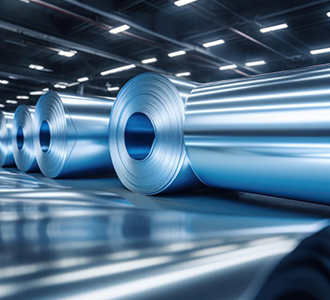blog
Introduction
Imagine you’re faced with a choice: aluminium or stainless steel. Both have their own merits, yet knowing which to choose is often challenging. They appear similar at a glance, but their differences can significantly impact their performance in specific applications. In this article, we'll explore these two materials, delving into their properties, use cases, costs, environmental impacts, and more. Whether you're a DIY enthusiast, a professional in construction, or involved in any industry dealing with materials, this guide aims to provide everything you need to make an informed decision.
Material Properties
Understanding the fundamental characteristics of aluminium and stainless steel is essential in discerning their applications and advantages.

Aluminium Properties
Aluminium is the third most abundant element in the Earth's crust and is known for its versatility.
- Lightweight:Aluminium is remarkably light, weighing about one-third as much as stainless steel. This makes it ideal for applications where weight reduction is crucial, such as in aerospace.
- Corrosion Resistance:By forming a protective layer of aluminium oxide, this metal offers exceptional resistance to corrosion. (*Source: The Aluminium Association*)
- Thermal & Electrical Conductivity:It has excellent conductivity, making it suitable for heat exchangers and electrical applications.
- Malleability and Machinability:Aluminium is easy to work with, allowing it to be formed into various shapes and sizes.
Stainless Steel Properties
Stainless steel is an alloy primarily known for its durability and strength.
- Strength and DurabilityIt boasts higher tensile strength than aluminium, making it suitable for structural applications.
- Corrosion ResistanceStainless steel is not just resistant but can withstand aggressive environments. Its chromium content forms a passive layer that resists rust. (*Source: World Stainless Organisation*)
- Temperature Resistance It retains strength at higher temperatures, which is beneficial for applications involving heat.
- HygieneWidely used in kitchens and medical environments due to its ability to be easily sterilized and lack of reactivity.
